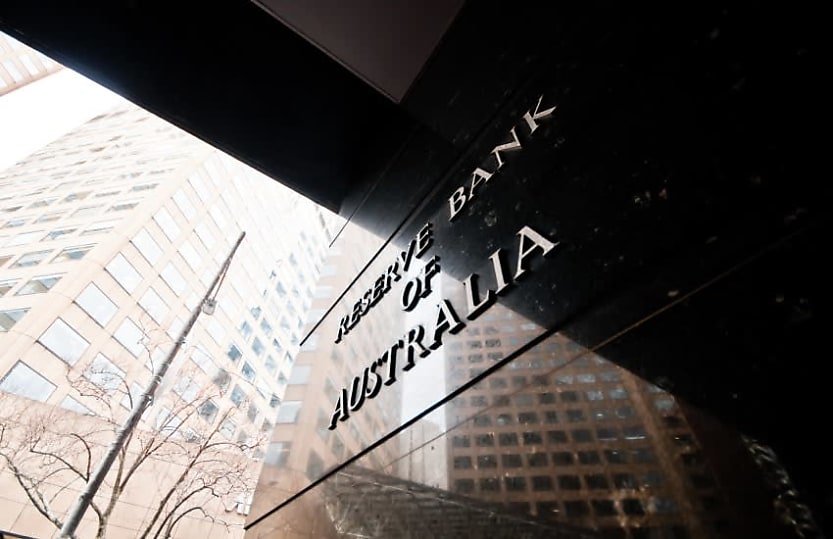Stubbornly low consumer sentiment on the RBA’s radar

With real disposable income back above its pre-pandemic level, the RBA has puzzled over Australia’s stubbornly low consumer sentiment.
The minutes of the RBA’s September monetary policy meeting revealed a sense of cautious optimism regarding Australia’s economy, continuing its ‘wait and see’ approach as risks remained on both sides.
GDP growth and household consumption in the June quarter had slightly exceeded the RBA board’s expectations but measures of consumer sentiment remained stubbornly low.
On Tuesday (14 October), RBA assistant governor Sarah Hunter told Money News, Nine Radio that consumer confidence was a “tricky” issue, given ongoing cost of living pressures.
“We’ve seen relatively subdued levels of consumer confidence right across a number of advanced economies. So we’re not alone in this happening right now,” Hunter said.
“We think that maybe part of the story there is the increase in the cost of living. So it’s just more expensive and people just [have] got to get used to that again.”
During its September monetary policy meeting in which it held interest rates, the RBA weighed up economic risks on both sides, underscoring its cautious approach to further interest rate cuts.
On the upside, the RBA considered that its August forecasts could have underestimated the strength of the recovery in consumption, or underestimated capacity pressures across the economy. Conversely, the board noted it was possible that its forecasts had not taken sufficient signals from the persistent weakness in consumer sentiment.
In October, the Westpac-Melbourne Institute Consumer Sentiment Index declined 3.5 per cent to 92.1, leaving it firmly back in pessimistic territory. Consumers were less certain about the direction of interest rates, and optimism about the outlook for family finances had faded.
“Consumer confidence has fallen 6.5 per cent over the last two months, giving back all of the gains seen between May and August when rate cuts were giving a clear boost,” Westpac’s head of Australian macro-forecasting, Matthew Hassan, said.
“Consumers appear to have been rattled by recent updates on inflation. ‘Partial’ measures released over the last month suggest annual inflation has lifted back towards the top of the RBA’s 2–3 per cent target range. This news, and signs of firmer consumer demand and a pick-up in housing markets, looks to have sparked renewed doubts about the path of interest rates, weighing on near-term expectations for family finances and the economy.”
In its September meeting, the RBA board reiterated its cautious and gradual approach to monetary easing, given the balanced risks to Australia’s economy.
“[Members] agreed that the flow of information since the previous meeting, the forecasts from August and their judgement about the extent of policy restrictiveness collectively implied that there was no need for an immediate reduction in the cash rate target,” RBA meeting minutes read.
“Looking ahead, members noted that it was appropriate for the Board’s decisions to remain cautious and data dependent.”
About the author

